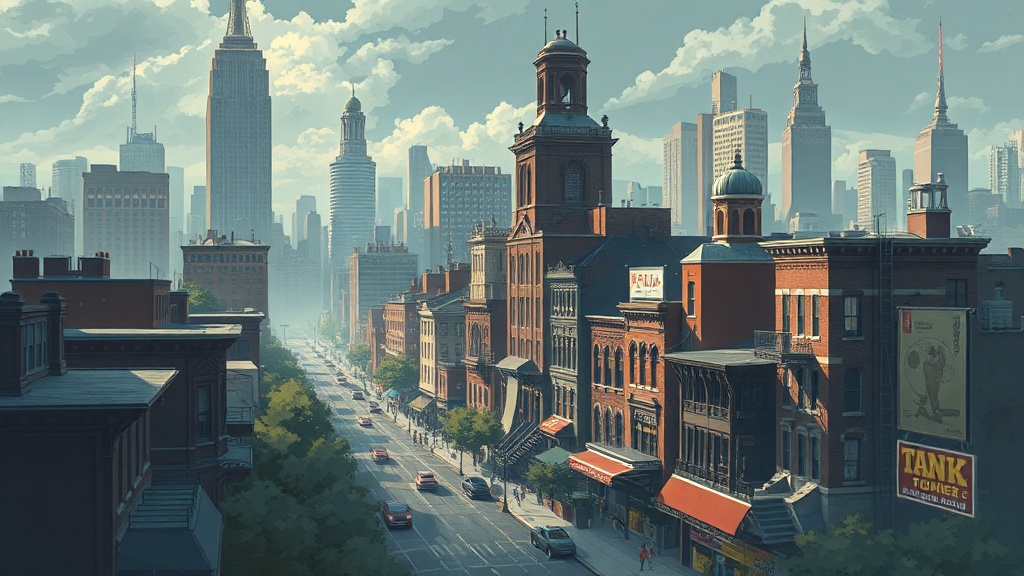Harlem pulses with a mix of history, creativity, and everyday community life that continues to draw visitors and residents alike. Once the epicenter of a cultural flowering that reshaped American art, music, and literature, the neighborhood now blends that deep legacy with a dynamic present — from lively music halls and art spaces to soul food kitchens and emerging creative businesses.
Cultural landmarks anchor Harlem’s identity. A legendary theater on a major avenue remains a magnet for music lovers, showcasing everything from rising talent to celebrated performers. Nearby research centers and museums preserve and interpret Black cultural history while contemporary galleries spotlight artists challenging and expanding the conversation. Walking past brownstone-lined blocks and historic rows of townhouses, it’s easy to feel the neighborhood’s architectural character and cultural continuity.
Music is woven into daily life.
Jazz and gospel flourish alongside experimental venues and intimate clubs where improvisation and tradition meet. Sunday services still echo with powerful voices and resonant choirs; evening sets keep the jazz lineage alive. For visitors seeking an authentic musical experience, small clubs and community-run spaces often offer memorable performances that reflect Harlem’s ongoing influence on American music.
Food is another draw. Iconic soul food restaurants serve classic dishes that have nourished generations, while a new wave of chefs brings innovative takes on Caribbean, West African, and Southern flavors. Food halls, neighborhood cafes, and late-night spots create a culinary map that rewards exploration: try a hearty brunch, a slice of savory fried chicken, or a pastry at a local bakery. Many longtime eateries are family-run, offering hospitality that feels personal and rooted in community.
Economic and social change is part of Harlem’s current story. New developments and creative businesses have helped revitalize commercial corridors, but they also raise important questions about affordability and cultural preservation.

Local organizations, tenant associations, and cultural institutions actively work to protect affordable housing, support small businesses, and ensure new growth respects the neighborhood’s heritage. Visiting with intention — supporting Black-owned businesses, attending community events, and learning from local institutions — helps sustain that balance.
Outdoor spaces offer another side of Harlem. Parks and green spaces host free concerts, fitness classes, and farmers’ markets, providing gathering places for residents and visitors.
Community gardens tucked between buildings reflect grassroots stewardship and neighborhood resilience, often maintained by volunteers who cultivate produce and relationships.
Ways to experience Harlem beyond a quick walk-through:
– Take a guided walking tour to learn the stories behind landmarks, murals, and historic residences.
– Attend a live show at an intimate club or a larger performance venue to hear the neighborhood’s musical continuity.
– Dine at a family-run restaurant and try dishes that tie culinary history to modern twists.
– Visit cultural centers and galleries to connect with both archival materials and contemporary work.
– Shop at local markets and boutiques to support entrepreneurs and discover unique crafts.
Harlem remains a place of creativity, community, and conversation — a neighborhood that honors its past while actively shaping its future. Whether drawn by music, food, art, or history, visitors who come curious and respectful will find a neighborhood rich with stories and experiences worth returning to.